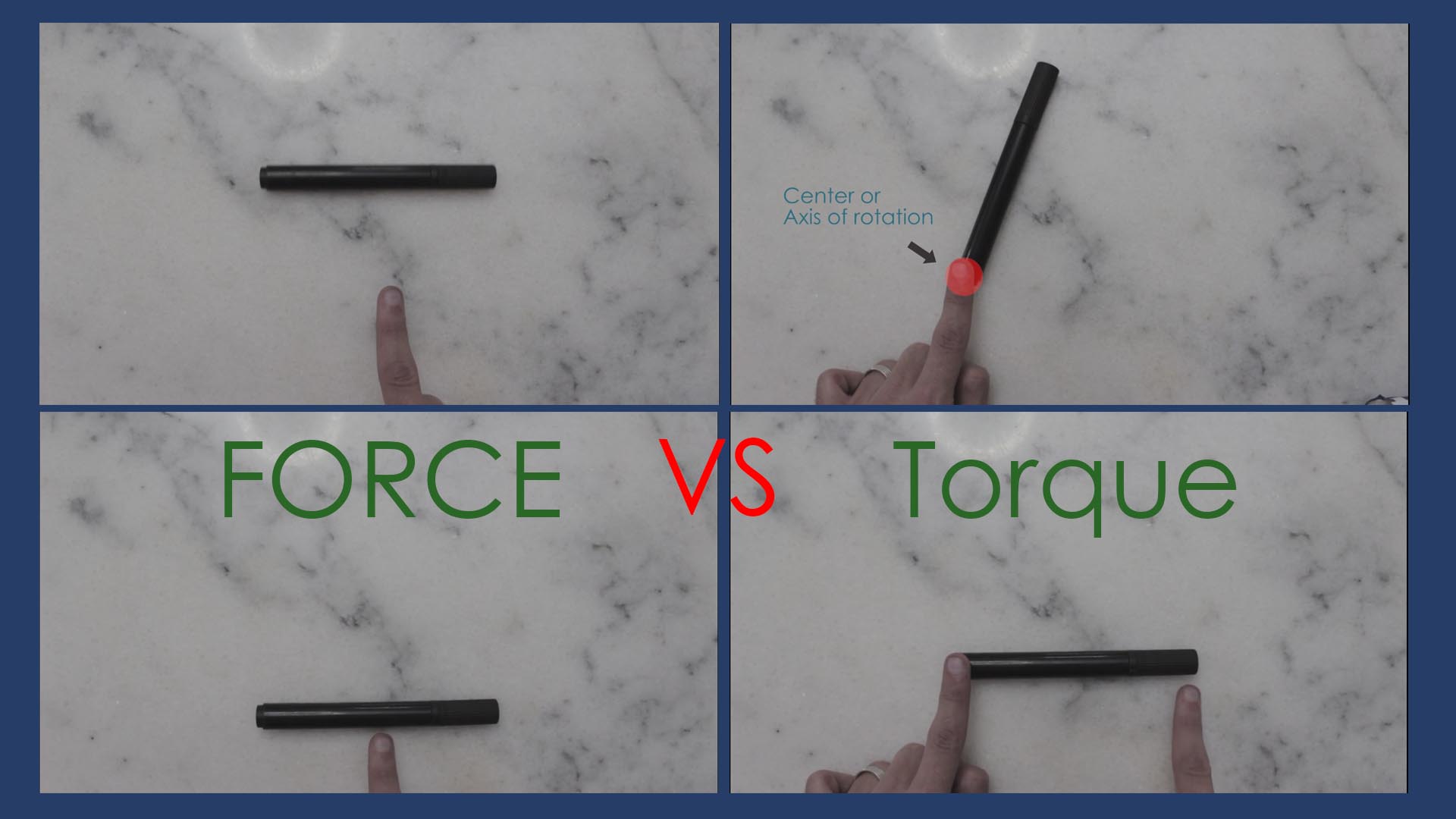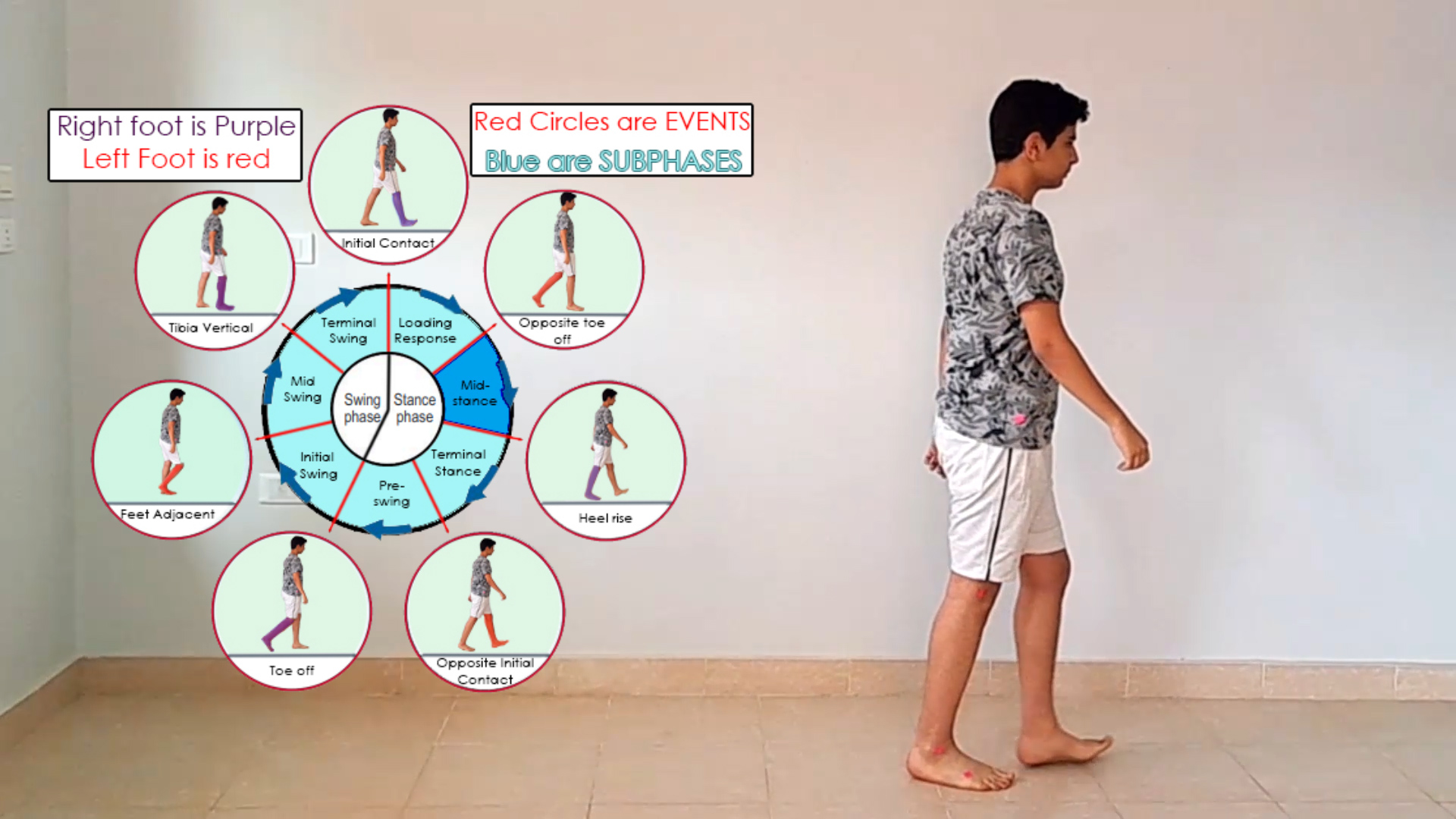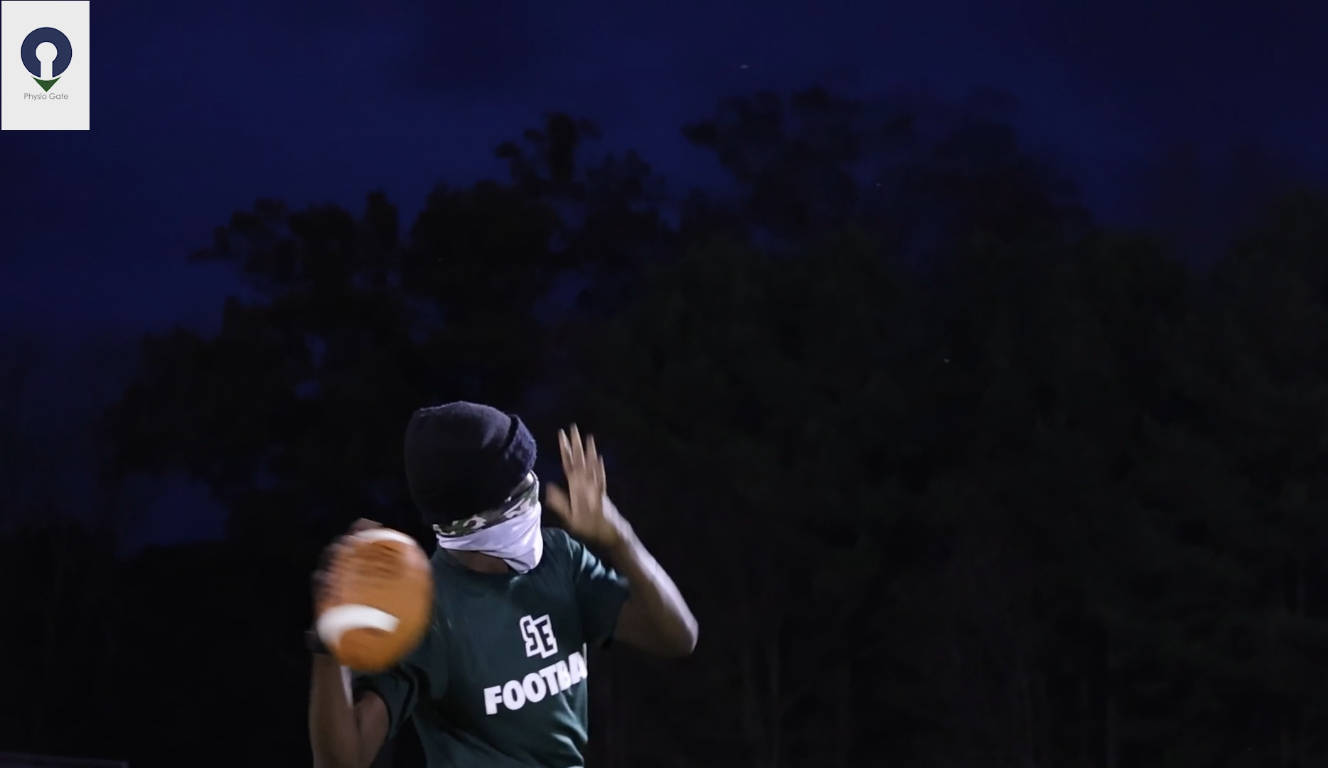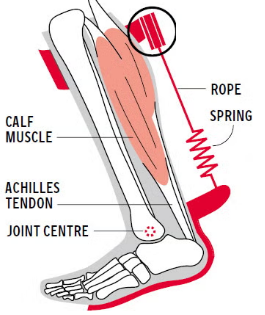Exploring the Biomechanics of the Sterno-Clavicular Joint: A Comprehensive Guide
Hello everyone! Welcome back to another in-depth exploration of human biomechanics. Today, we’re diving into the sterno-clavicular joint, a critical yet often overlooked component of the shoulder complex. By understanding the biomechanics of this joint, we can appreciate its vital role in facilitating smooth and efficient shoulder movement. So, let’s embark on this journey together and uncover the intricacies of the sterno-clavicular joint.
Introduction to the Sterno-Clavicular Joint
Let’s begin by getting acquainted with the sterno-clavicular joint. This joint forms the articulation between the medial end of the clavicle, the clavicular facet of the sternum, and the superior border of the first rib’s cartilage. It serves as a pivotal connection between the axial skeleton and the upper extremity, making it a cornerstone for shoulder movement.
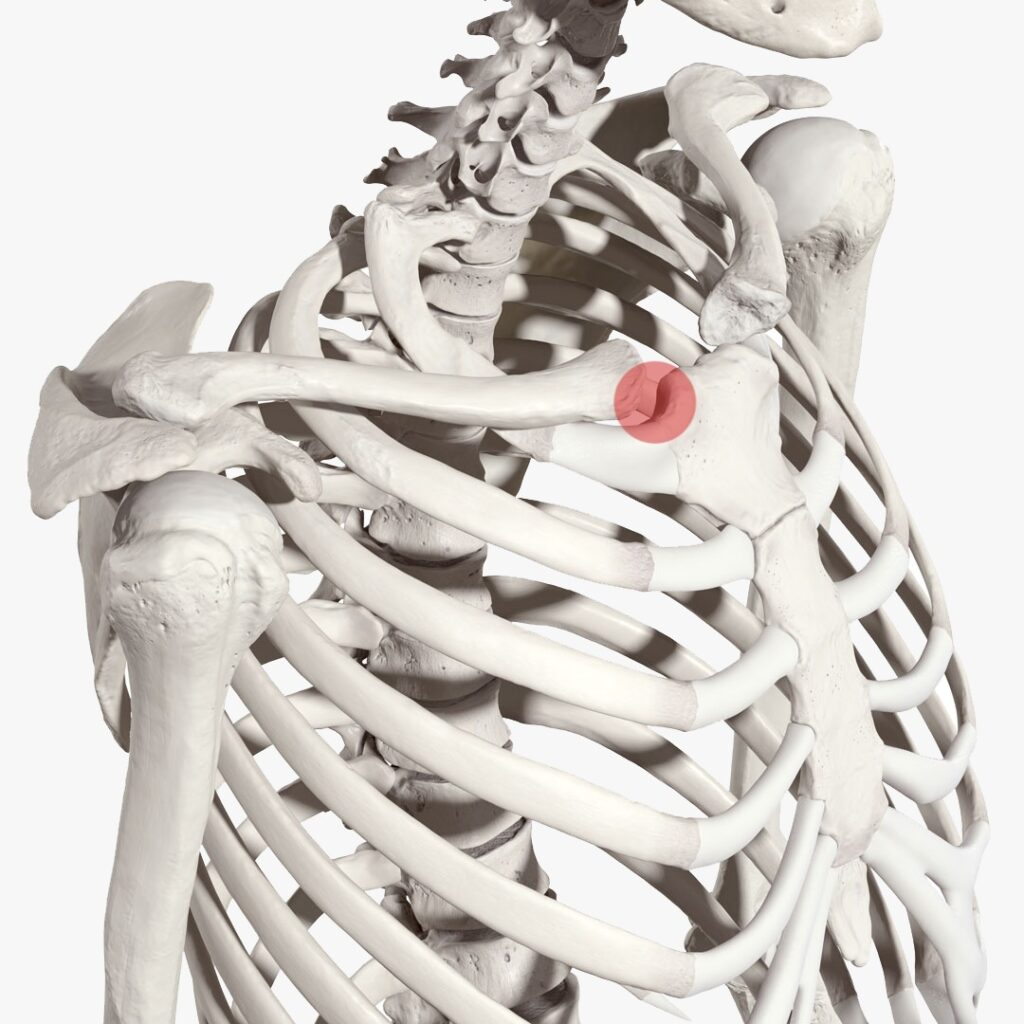
Key Features and Functions
Multiplanar Movements
The clavicle, connected through the sterno-clavicular joint, can move in all three planes: frontal, transverse, and sagittal. This versatility allows the clavicle to perform elevation and depression, protraction and retraction, and axial rotation around its longitudinal axis. The primary goal of these movements is to position the scapula optimally for receiving the head of the humerus, facilitating functional movements of the gleno-humeral joint.
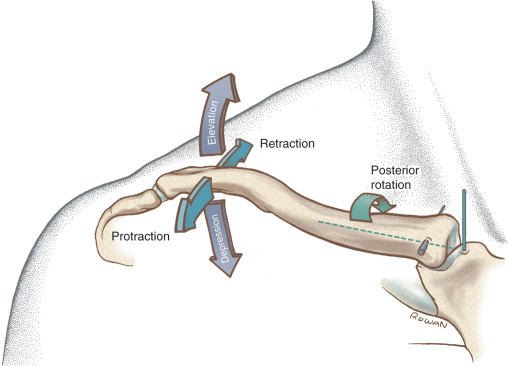
Structure of the Sterno-Clavicular Joint
The sterno-clavicular joint is classified as a saddle-shaped joint, meaning its articular surfaces resemble the shape of a saddle. One surface is concave in one direction and convex in another, creating a unique fitting similar to a key in a lock. The longitudinal surface of the clavicle is convex, while the transverse surface is concave, and the opposite applies to the sternum.
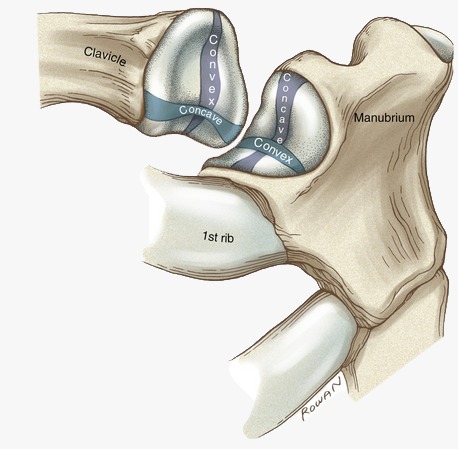
Detailed Movements and Biomechanics
Elevation and Depression
Elevation and depression of the clavicle occur in the frontal plane around an antero-posterior axis of rotation. The clavicle can elevate up to 35 to 45 degrees and depress by about 10 degrees. These movements are linked to the scapular movement on the thorax, meaning the clavicle elevates when the scapula rises and depresses when the scapula lowers.
Applying the convex-concave rule, elevation and depression occur along the joint’s longitudinal diameter. Since the clavicle’s longitudinal surface is convex and the sternum’s surface is concave, rolling and sliding occur in opposite directions. During elevation, the clavicle rolls upwards and slides downwards. The costoclavicular ligament limits this movement by stretching to stabilize the joint.
Protraction and Retraction
Protraction and retraction happen almost parallel to the transverse plane, allowing about 15 to 30 degrees of movement in both directions. These motions are crucial for scapular mobility and occur along the joint’s transverse diameter. In this scenario, the clavicle’s transverse surface is concave, and the sternum’s surface is convex, resulting in rolling and sliding in the same direction.
During protraction, the clavicle rolls and slides anteriorly, limited by the posterior bundle of the costoclavicular ligament and the posterior capsular ligament. Retraction involves the opposite, with the clavicle rolling and sliding posteriorly, constrained by the anterior bundle of the costoclavicular ligament and the anterior capsular ligament.
Axial Rotation
Axial rotation of the clavicle occurs around its longitudinal axis, primarily during overhead arm movements through flexion or abduction. The clavicle rotates posteriorly by about 20 to 35 degrees during these motions. As the arm returns to the side, the clavicle reverts to its original position, indicating that axial rotation is mechanically linked to shoulder movements and cannot be performed independently when the arm is at rest.
Functional Significance
The sterno-clavicular joint plays a pivotal role in the shoulder complex, ensuring smooth and natural movement by coordinating with other joints. Understanding its biomechanics helps us appreciate how each component of the shoulder works in harmony to perform various tasks efficiently.
Applying Knowledge in Physical Therapy and Training
In the realms of physical therapy and training, a deep understanding of the sterno-clavicular joint’s biomechanics is invaluable. Physical therapists and trainers can use this knowledge to diagnose and treat shoulder issues effectively, ensuring targeted and efficient interventions.
Real-Life Applications
For instance, during sports massage, a physical therapist might focus on the sterno-clavicular joint to relieve tension and improve mobility. Understanding its movements allows for precise techniques that enhance shoulder function and reduce discomfort.
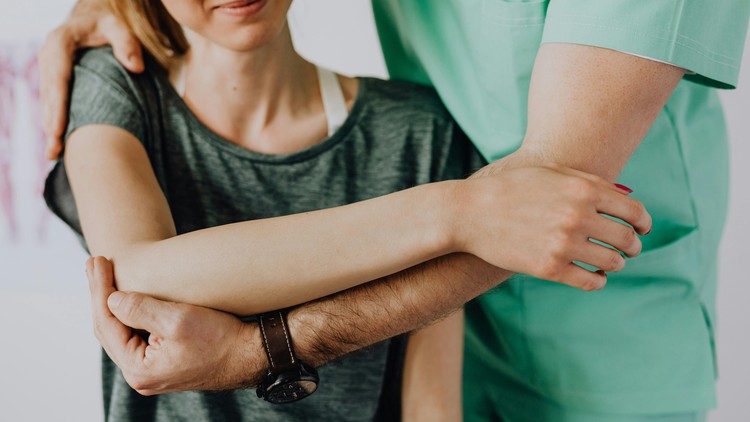
Promoting Healthy Movement
Physical trainers can incorporate exercises that promote healthy movement patterns involving the sterno-clavicular joint. By doing so, they can help clients achieve better shoulder stability and mobility, enhancing overall performance in various physical activities.
Conclusion
In conclusion, the sterno-clavicular joint is a marvel of human biomechanics, playing a crucial role in the shoulder complex. Its unique structure and movements facilitate efficient and coordinated shoulder function, making it a key player in our daily activities and physical endeavors.
If you’re intrigued by the intricate workings of the shoulder joint and want to dive deeper into its biomechanics, I highly recommend checking out my Shoulder Mastery Course: Kinetics & Kinematics on Udemy. This course offers an in-depth exploration of shoulder mechanics, packed with practical insights and techniques to enhance your understanding and skills. Whether you’re a physical therapist, trainer, or just passionate about movement, this course is designed to elevate your knowledge to the next level.
Thank you for joining me on this journey through the biomechanics of the sterno-clavicular joint. Stay tuned for more engaging explorations into the world of human movement!

